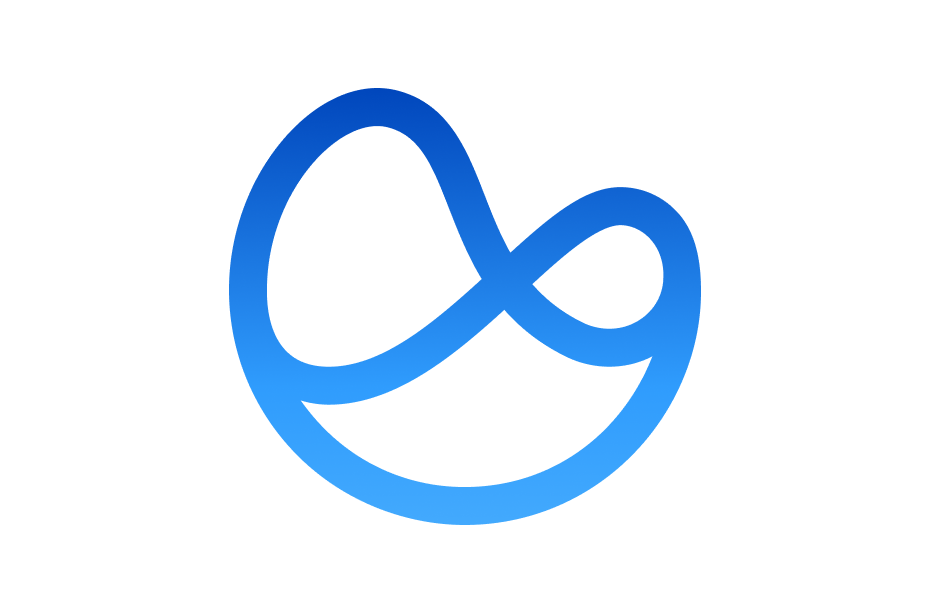Implementing Remote Monitoring in Care Homes: 3 Lessons Learned
Following the publication of our case study with Imperial College Healthcare NHS Trust, we caught up with Kate Sendall, Imperial’s Frailty Clinical Programme Manager, to hear about her first hand experience implementing Current Health’s platform in care homes.
In this discussion, Kate shares the key lessons learned from deploying remote care for the first time and the meaningful impact it has had on care home residents and staff:
Leverage clinical data to align team members involved in resident care
Monitoring, managing and treating high-risk care home residents involves healthcare professionals from across the entire healthsystem. Therefore, shared access to patient vital sign data is key to enabling cross-functional teams to make informed and united decisions about resident care.
At Imperial, this means team members coming together on a daily basis to review residents’ health data through Current Health’s centralised clinical dashboard. Through the analysis of vital sign trends and symptom data, the team can make collective decisions about care, allowing intervention to be delivered at the right place and at the right time.
Daily review meetings helped us improve our care pathways and communication with everyone involved in residents’ care.
When caring for frailty patients, context is key
Since most frailty patients can have multiple interacting comorbidities, determining a resident’s health status through intermittent or spot monitoring can be challenging as it does not take into account their normal abnormal baselines. With continuous vitals capture, however, clinical teams have access to trending data. This provides a more contextual insight allowing true health decline or improvement to be identified sooner.
Additionally, assessments via video visits can be made to understand symptoms and other information not made obvious through the physiological data. Having this insight integrated alongside real-time vital signs can help paint a more holistic picture of health and direct a resident’s care plan.
Observations are only as useful as the whole clinical picture and we would very much advocate don’t treat the numbers, treat the patient.
Not all remote monitoring outcomes are quantifiable
Whilst the impact of remote monitoring has resulted in impressive quantitative results, the value felt by Imperial has also included less tangible and qualitative outcomes.
Remote monitoring bridges the gap between secondary care and residential care homes which not only helps to reduce hospitalizations but is incredibly reassuring to care home staff. The ability to share health data and connect with a dedicated clinical team for support when a resident becomes unwell, can help reduce care home staff anxiety.
Moreover, remote care eradicates residents’ anxiety caused by hospitalization, which was particularly heightened during the pandemic. Delivering care in the residents’ familiar surroundings therefore greatly enhances their healthcare experience and offers peace of mind to their families.
We had eyes on the patient without going in and having physical contact. This is far less invasive than patients coming into our hospitals. And because of the COVID-19 pandemic, patients do not want to be in hospital.
Want to hear more tips from Kate? Watch the full conversation here.


![[Webinar Recording]This Way Home: Top 10 Predictions for Care at Home in 2025](https://www.currenthealth.com/wp-content/uploads/2025/01/DSG-846-JAN-WEBINAR-LINKEDIN-16_9-AD2-P2.jpg)